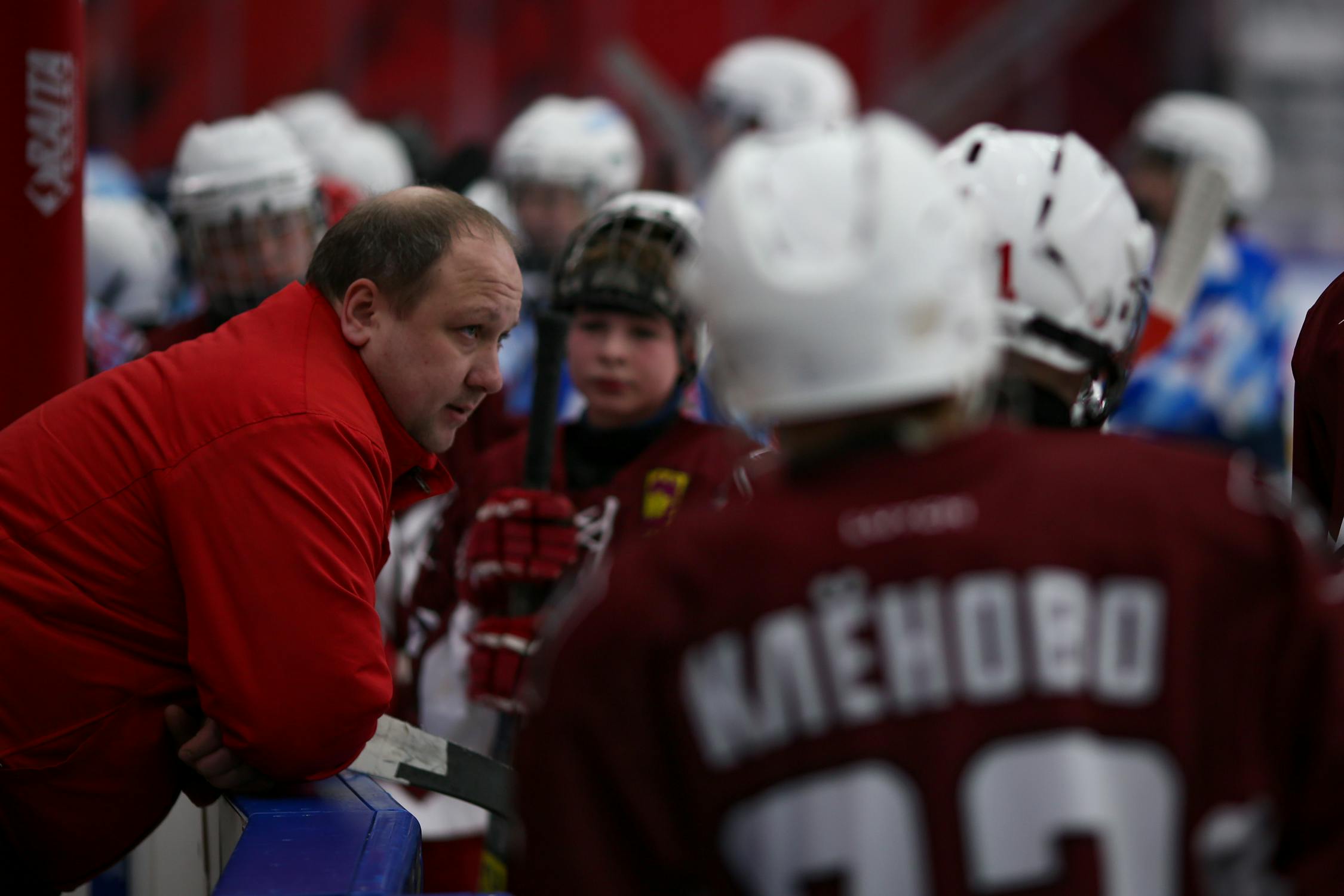Most football players can be taught and trained How To Run Fast!
Again, in case you forgot, true speed work is defined as 2-8 seconds of full speed, full intensity running with full (minimum of 3 minutes) recovery.
If your ‘football speed workouts’ don’t fall under that category, then you are not training your football players to improve their ability to accelerate effectively or develop faster top speeds.
Because running fast is, without question, a skill. And there are certain elements of running that need to be developed in order to get consistent results.
And those results come from a focus on the following five areas, in no particular order.
Speed Fundamental #1: TEACH PROPER ARM ACTION
Ultimately the role of the arms is to stabilize the torso.
In doing so, it allows for greater power transfer and force application, factors critical to speed.
All arm action should take place through the shoulders. Cue athletes to keep the elbows locked at approximately 90 degrees. In front, the hands should not cross the midline of the body.
Hands should come to cheek height in front and clear the hip in the back. Also, focus on driving the elbow or the hand down and back, keeping the elbows close to the body throughout the entire range of motion.
You’ll be surprised how difficult this is for many athletes.
Speed Fundamental #2: TRAIN FAST, RUN FAST
I don’t care what sport you coach. If all your training is at a submaximal pace, then you are not going to develop faster athletes. It’s just that simple.
This principle is not just for track sprinters. From soccer to football to lacrosse and everything in between, athletes need to train fast if they want to be fast.
I’m not saying a football player shouldn’t do aerobic work, but they spend a great deal of time accelerating to a ball and to/from a defensive player.
To get where they want to go faster, they must have faster acceleration speed. And this comes from doing acceleration work at full speed with full recovery as I mentioned above.
For some people this is difficult to comprehend. 4 second sprints with 3 minutes rest seems like a waste of time.
Believe me, it isn’t.
But if you’re coaching true speed/power athletes like sprinters and football players, high intensity sprints with full recovery *must* be the *foundation* of training.
Aerobic work serves as recovery from speed work, it does not get them ‘in shape’ specific to the demands of football.
This is not even a debatable concept.
Speed Fundamental #3: BE PATIENT
I’m not just talking about being patient with your athletes as you break them down to build them up.
I’m talking about being patient within each repetition of speed work.
Speed can’t be forced. Athletes must learn to override the voice in their head that says ‘try harder, run harder, push, strain, hurry up’.
Instead they have to let the speed come to them.
During acceleration, ground contact time goes from long to short. But most athletes are in a big rush to get up and into their ‘normal’ full speed running technique.
This is the equivalent of shifting the gears of a sports car as quickly as possible. It will not maximize performance.
Athletes need to be patient. Spend more time on the ground as they overcome inertia and accelerate. Stride length and frequency should increase naturally, as a result of efficient force application, strength and mechanics. They should not be forced.
Athletes should reach triple extension with each stride, fully completing the action of driving down (and back).
Instead I see athletes trying to shift gears too quickly. This results in reaching a slower top speed earlier in the run.
Since an athlete can only maintain top speed for 1-2 seconds before deceleration begins, impatience during acceleration will cost them speed and time with every step they take.
Speed Fundamental # 4: GET STRONGER
If you work with athletes, particularly teenaged athletes, then time spent developing physical strength in the weight room should be a fundamental part of your program.
Athletes who do not focus on strength development have a very low glass ceiling that will prevent them from making significant gains in speed.
It’s just common sense – the stronger you are, the faster you can propel your body forward.
But this doesn’t mean going into the weight room and lifting like a bodybuilder.
When I go in the weightroom I see athletes doing pointless training.
Here are some examples of lifts that, for our purposes, are a waste of time:
– anything on a machine such as hamstring curls, leg extensions
calf raises, Smith Machine squats, etc.
– single joint movements such as bicep curls
– chest flies, tricep extensions, etc.
While these are all great movements for looking good at the beach, I cringe when I see in-season athletes doing these lifts as part of their training. And I see it more often than not, sadly enough.
If you want to know exactly how to develop strength in your football players (even your pre-teen athletes) that will transfer to the football field or track, I recommend going to either of my websites listed below and check out the NFL Speed Training DVD’s! by San Diego Chargers running back LT and the Denver Broncos D-Back Champ Bailey!
Speed Fundamental #5: STEP OVER, DRIVE DOWN
The ability to apply force to ground and, more specifically, mass specific force, is the primary mechanical consideration you must spend your time on during each speed session or drill session.
Athletes have a variety of issues adversely affecting their lower body mechanics.
But the vast majority of them stem from lack of physical strength and the inability to recover the heel underneath the hips, step over the opposite knee and drive the foot down into the ground so that it lands beneath the hips and not out in front of the center of mass.
If there is one topic of discussion that I get the most questions about it is the concept of ‘step over, drive down’.
If there is one topic of discussion I get the most emails from satisfied customers about, it is the positive results gained from teaching athletes how to ‘step over, drive down’.
And this is the case at every level of sport.
I’ve written about this extensively in the past. So if you’re interested in reading more, check out my football websites and read the football coaching or football training articles.







